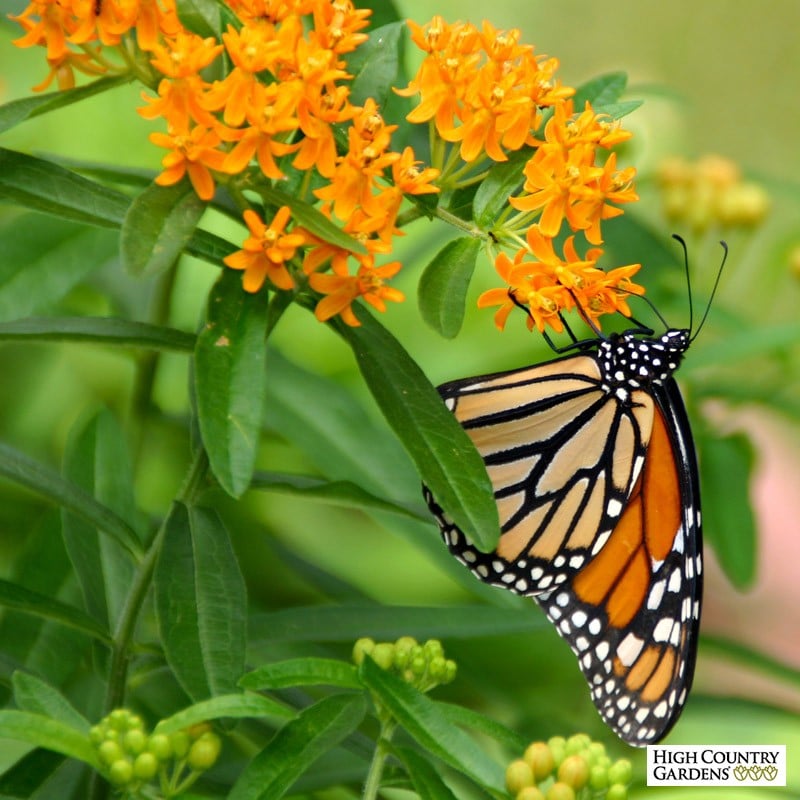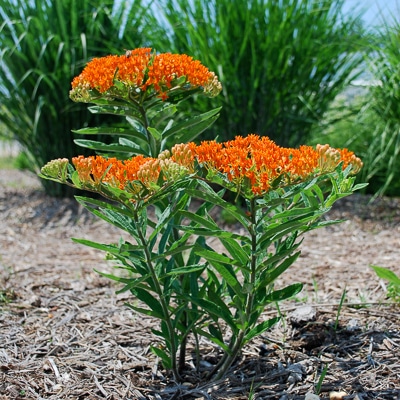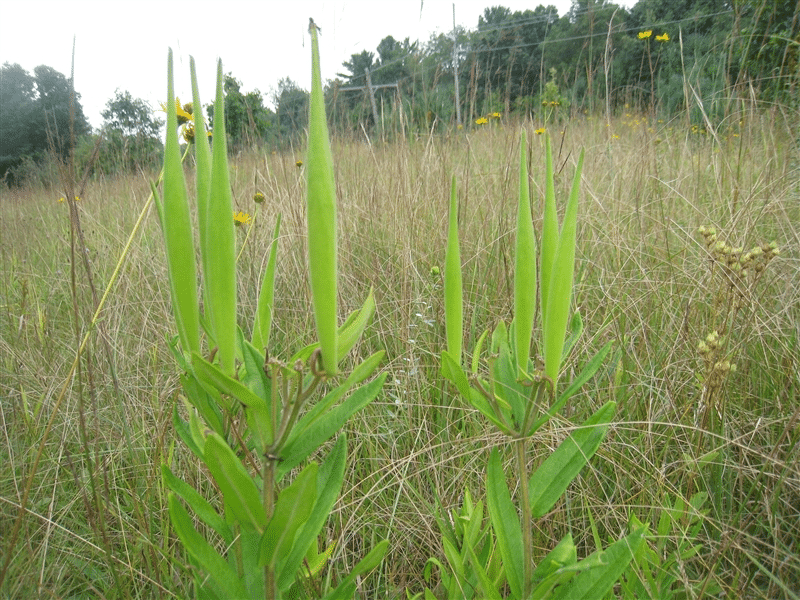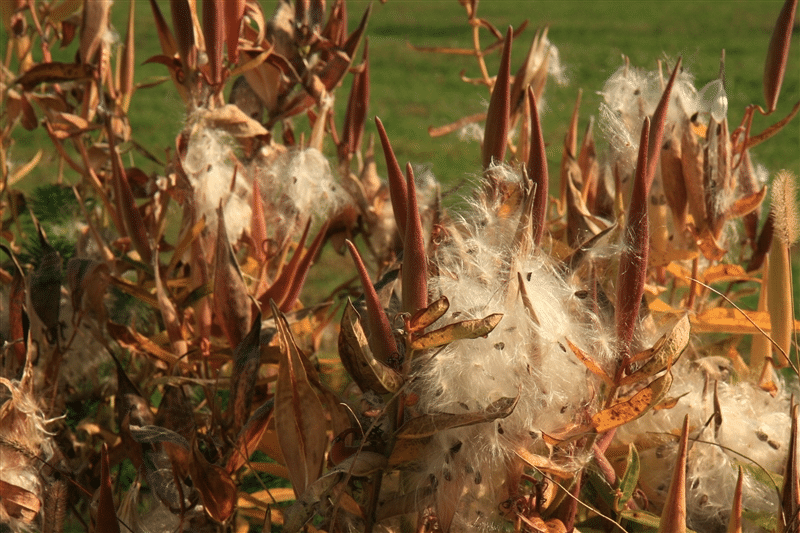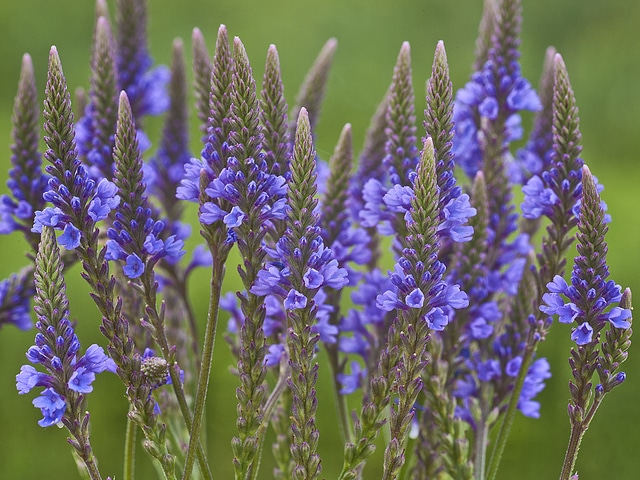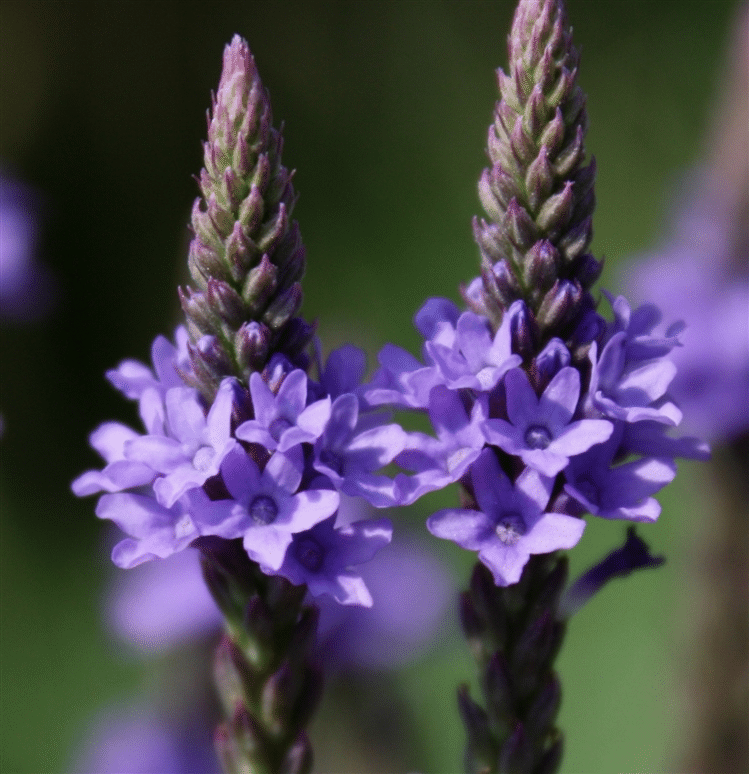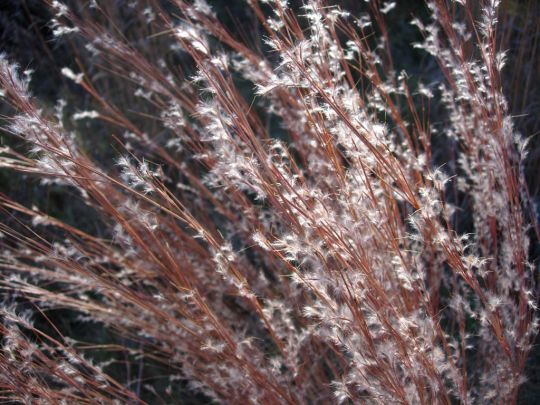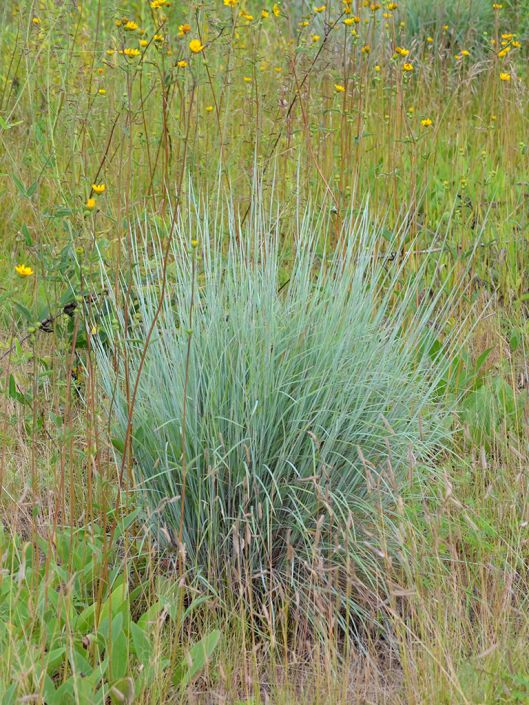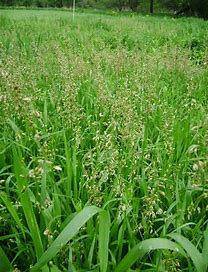Description
Butterfly Weed is most often a distinctive bright orange but there is some variation in flower color, from deep red-orange to yellow. This distinctive color and the absence of the typical milky white sap make identification easy. Butterfly Weed is native to the prairies of the Midwestern United States. It has flat clusters of bright orange blossoms and blooms from early summer to first frost in most areas. It is about one to two feet tall, with glossy, lanceolate leaves that are arranged spirally up the length of the stem. The seed pods turn brown over time and are nice for adding winter interest to the garden. Butterfly Weed needs a drier, well-drained location to successfully seed into and grow well. In older mature plants the long tap root can extend down a foot or more. They can be transplanted if dug carefully during dormancy but if enough root material is left behind they will regrow. The leaves are somewhat narrow, up to 1” and tapered, with no stem. This is a great Milkweed for a sunny location in a dry area. Mature plants in ideal locations can make as many as 20 stems at an average height of 2’. The vivid orange color, low mounded profile, and ability to attract and sustain butterflies make this plant a well-known favorite for all types of gardens.
Butterfly weed is one of those plants that is an absolute “must” if you are trying to attract butterflies and other beneficial insects to your garden. Botanically known as Asclepias tuberosa, it has a few common names: butterfly weed, Indian paintbrush, orange milkweed, pleurisy root, and yellow milkweed. As a native plant, butterfly weed is well-adapted to less-than-ideal conditions. It grows well in clay soil, in a dry or rocky soil, or even in drought conditions. It does best in full sun but will withstand some shade as well. They published an updated, comprehensive guide on how to improve clay soil for better gardening. It is completely free and you can find it here: https://happydiyhome.
Click here for more information from USDA-NRCS.
